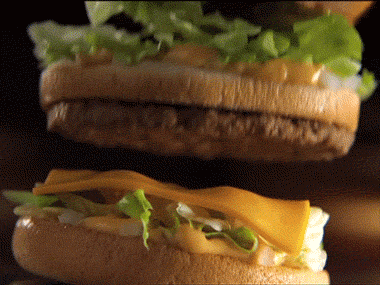The next time you hit that late-night drive-thru, consider that the Big Mac has been used as an economic indicator since the 80s. Are you lovin’ it?
What is it: The Big Max Index is an economic measurement created by The Economist in 1986 that uses McDonald's iconic burger to measure purchasing power parity (PPP) in different countries.
Big Macs are the same no matter which set of golden arches you visit. That makes them a useful way to look at how much a local currency will buy, and compare the cost of living (in broad strokes) across many different places.
-
Two all-beef patties, special sauce, lettuce, cheese, pickle, onion on a sesame seed bun—right there, you've got a gauge for dairy, produce, wheat and meat price discrepancies across the globe.
- The price of a Big Mac also accounts for non-food-related costs like labour, electricity and regional advertising.
Yes, but: The Big Mac Index started as a gag to make "exchange-rate theory more digestible" it can help us understand how inflation has affected the price of goods across different nations’ economies.
